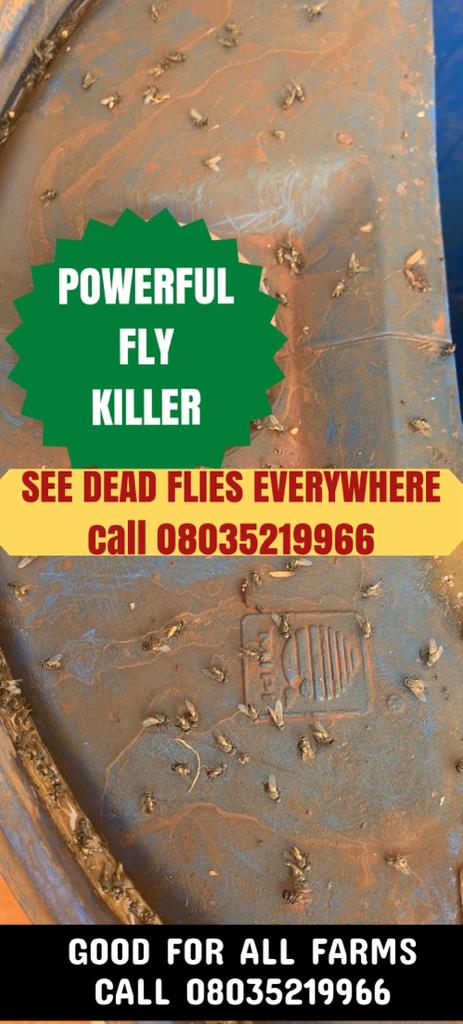How to care for piglets with minimal losses
Caring for piglets with minimal losses requires a combination of good management practices, proper nutrition, hygiene, and disease prevention. Here are essential tips to help you care for piglets effectively:
 Learn More
Learn More1. **Clean and Safe Environment:**
– Provide a clean and well-ventilated housing area that is protected from harsh weather conditions.
– Ensure proper drainage to prevent puddles or mud, which can lead to health issues.
2. **Quality Nutrition:**
– Ensure sows receive proper nutrition during pregnancy and lactation to produce healthy piglets with adequate colostrum.
– Provide piglets with high-quality, age-appropriate feed that meets their nutritional needs.
3. **Colostrum Feeding:**
– Piglets must receive colostrum (first milk) from the sow within the first few hours after birth.
– Colostrum provides essential antibodies and nutrients that boost piglet immunity and health.
4. **Hydration:**
– Ensure piglets have access to clean, fresh water at all times.
– Dehydration can lead to weakened piglets and increased mortality.

5. **Sanitation and Biosecurity:**
– Implement strict biosecurity measures to prevent the introduction of diseases into your herd.
– Maintain clean and dry bedding, regularly removing feces and providing fresh bedding material.
– Quarantine new pigs and visitors to prevent the spread of diseases.
6. **Vaccination and Health Management:**
– Work with a veterinarian to establish a vaccination and health management program.
– Keep accurate records of vaccinations and health checks.
7. **Warmth and Comfort:**
– Provide a warm and draft-free environment for piglets, especially during the first few weeks of life.
– Use heat lamps or heated mats if necessary to maintain appropriate temperatures.
READ ALSO Top Mistakes New Pig Farmers Make part one
8. **Avoid Overcrowding:**
– Overcrowding can lead to stress, disease transmission, and competition for resources.
– Provide enough space for piglets to move freely and access food and water.
9. **Regular Monitoring:**
– Monitor piglets daily for signs of illness, injury, or distress.
– Isolate sick piglets promptly to prevent the spread of disease.
10. **Tail Docking and Teeth Clipping:**
– Depending on local regulations and farm practices, consider tail docking and teeth clipping to prevent injuries and cannibalism among piglets.
11. **Weaning Gradually:**
– Wean piglets gradually, ideally around 3-4 weeks of age.
READ ALSO 7 other sources of income for you as a pig farmer
– Transition them to solid feed slowly to minimize stress and digestive issues.
12. **Record Keeping:**
– Maintain accurate records of births, deaths, vaccinations, and other important information.
– These records are invaluable for monitoring herd health and making informed management decisions.
ATTENTION: Click “HERE” to our WhatsApp group and receive More updates directly on your WhatsApp!
13. **Education and Training:**
– Stay informed about the latest best practices in piglet care and attend workshops or training programs.
– Regularly consult with veterinarians or experienced pig farmers for advice.
Minimizing piglet losses requires dedication, attention to detail, and a proactive approach to health management. By providing a clean and safe environment, ensuring proper nutrition, and addressing health issues promptly, you can significantly reduce piglet mortality and raise healthy, thriving pigs.
🧩CREATED BY DR JOSEPH DEJI-FOLUTILE















